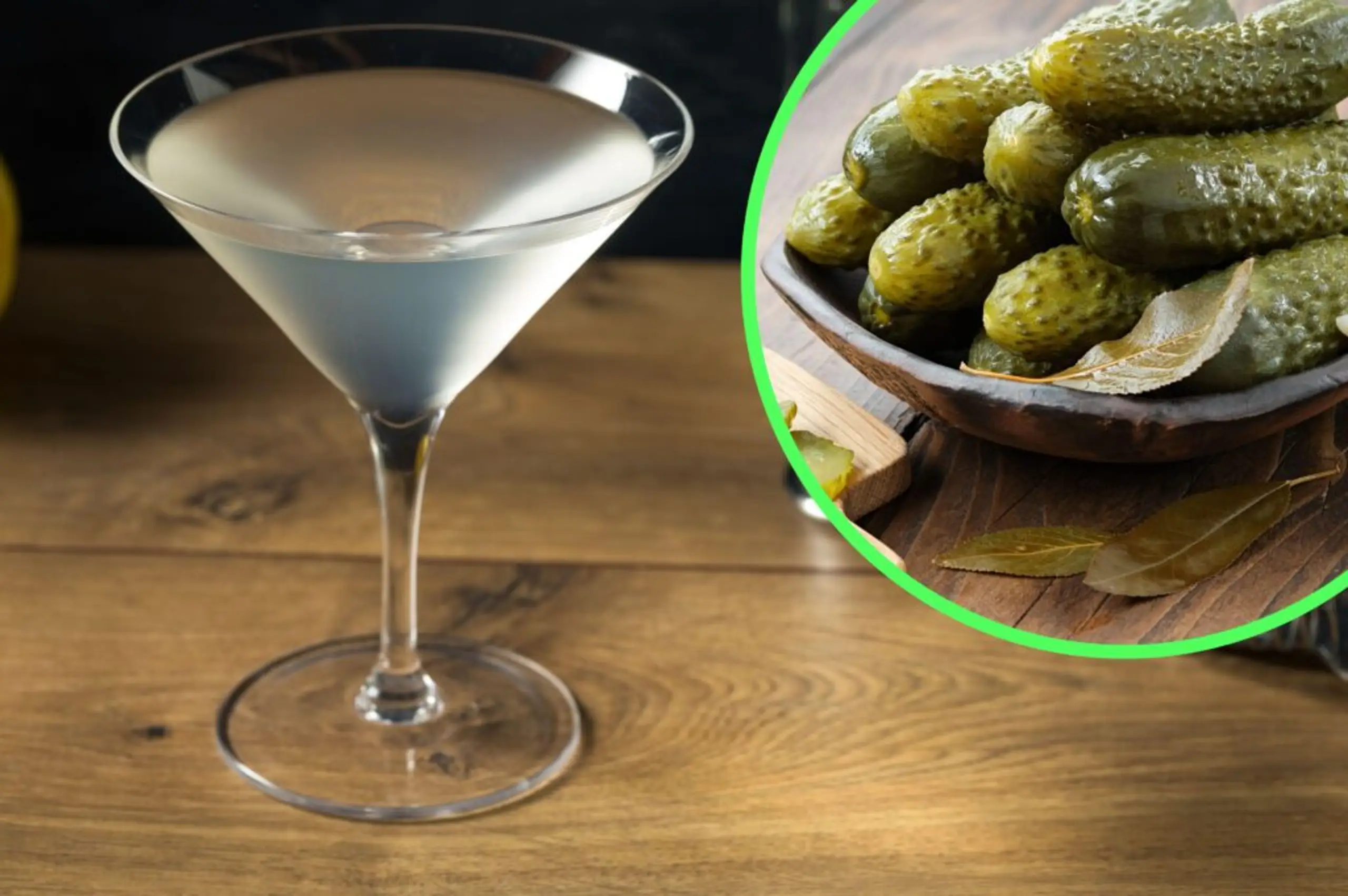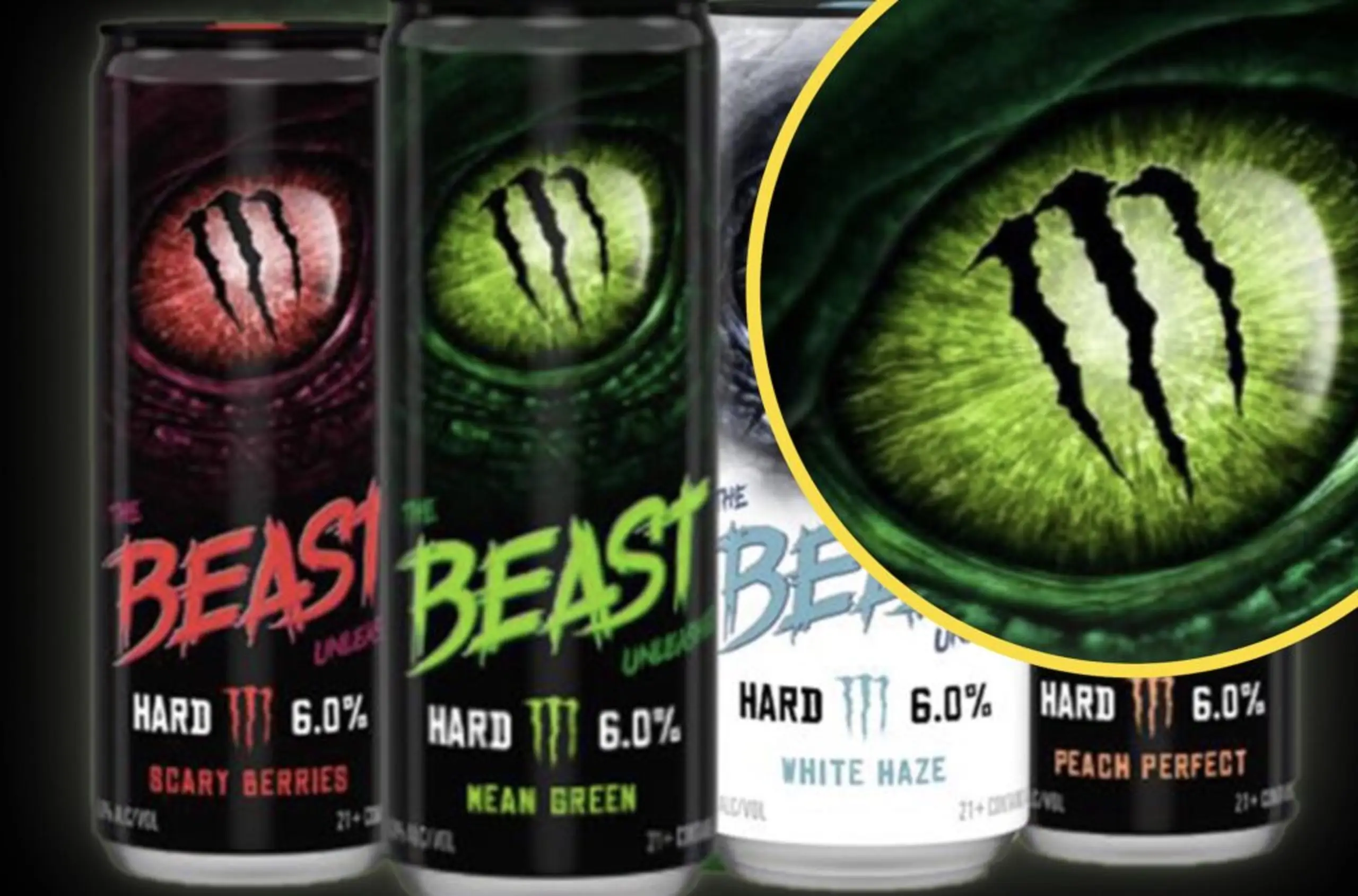Uncategorised
This is why the way food looks is just as important as how it tastes
28 Mar 2018
4m
After frantic hours spent sweating in the kitchen, it’s often tempting to dump your creation straight onto a plate and commence chomping. It is certainly easier than giving the whole thing a dainty dusting of edible flowers. However, as the world begins to discover more and more about the science behind both taste and eating, we have learnt that there is a whole range of factors that feed into our enjoyment of a meal. Every top restaurant will take the time to consider each aspect of a diner’s experience, rather than just worrying about flavour. While it’s easy to dismiss this as unnecessary extra fluff, there is method to the madness.
 [[imagecaption|| Credit: Getty]]
[[imagecaption|| Credit: Getty]]
We have only relatively recently begun to understand the strength of the link between sight, smell and taste. Though pearls of wisdom such as pinching your nose to disguise the flavour of unpalatable medicine have been readily dispensed for years, it’s taken a while for us to think more deeply about why this might be the case. In fact, the implications of this effect are potentially far more significant than helping us to quaff acrid cough syrup.
The first time scientists began to explore the complex relationship between the senses in earnest was probably a now-famous experiment carried out in late 19th century France. The test saw scientists fraudulently colour red and white wines and ask a panel of master sommeliers to describe what they were drinking. Almost without fail, the participants used words like “bold”, “fruity” and “rich” to describe the red “white” wine, and labelled the white “red” wine as “light” and “dry”. This total reversal of accepted terminology from industry experts was an early indication of how perception can alter our expectation of how something will taste.
 [[imagecaption|| Credit: Getty]]
[[imagecaption|| Credit: Getty]]
We now know that this confusing phenomenon actually occurs because taste does not solely come from our mouths. In fact, what we understand as “taste” is an amalgamation of smell, touch and sight combined into a single sensation interpreted by our brain. Qualities like texture and consistency all feed into how we expect to experience a mouthful. With so many different factors at play, it’s easy to see how relatively straightforward it is to confuse a diner.
True taste is actually fairly limited. The five taste sensations of bitter, salty, savoury, sweet and sour are recognised by special cells on the tongue and roof of the mouth. However, other qualities that we ascribe to taste, such as spiciness or creaminess, are actually nothing to do with the sense itself. Because the experience of eating inherently contains an array of complex components, cooks need to be able to enhance the five basic attributes of taste in order to make food as delicious as possible. This is why different elements are vital in creating tasty dishes.
 [[imagecaption|| Credit: Getty]]
[[imagecaption|| Credit: Getty]]
Colour is perhaps the most obvious way of adding extra elements to food. Even something as texturally straightforward as soup can come to life with a sprinkle of green herbs or a crack of black pepper. These additions not only alter flavour but help to make the food visually appealing. A recent study carried out by food science experts Kitchen Theory found that diners almost unanimously favour dishes that display a broad range of colours over those that are monotone. Given what we already know about perception can influence taste, if you want to enjoy eating your food as much as possible, it makes sense to make it look visually appealing.
There’s more to the inclusion of a varied colour palette than just visual delusion. Our bodies are inherently programmed to look for an array of nutrients in our diet. Therefore, by presenting a plate that includes as many different colours as possible, you can appeal to our biological disposition towards variety. Though a beige plate of mac and cheese, cauliflower and chicken breast might taste OK, the experience will be diminished by the lack of vibrancy and uniform look of the food.
 [[imagecaption|| Credit: Pexels]]
[[imagecaption|| Credit: Pexels]]
How food looks is not just important as an enhancer. Great chefs can also use our expectations of colour and form to alter our overall experience. In fine dining, many famous dishes incorporate arresting visual elements to trick the eater into believing that they are about to experience one taste, before being surprised by another. A great example of this is Instagram favourite “meat fruit” by Heston Blumenthal, that conceals a chicken liver parfait within a casing that looks identical to an orange. This playful take on food is not only theatrical, but it also helps to add another layer to the dining experience.
 [[imagecaption|| Credit: Flickr/Mike Plunkett]]
[[imagecaption|| Credit: Flickr/Mike Plunkett]]
While successfully recreating the signature dish of a Michelin star chef will be understandably beyond most people, Blumenthal’s approach and others like it just go to show how a playful attitude to the look of food can have a dramatic impact. Ultimately, all this goes to show that any food can be improved by adding a different visual element. Next time you find yourself in the kitchen struggling to spice up a midweek meal, don’t just think about the ingredients you have at your disposal. Use a garnish, a sprinkle of seasoning, or even a multi-coloured bowl and you’ll be amazed by the results. When experimenting with food, every little helps.



